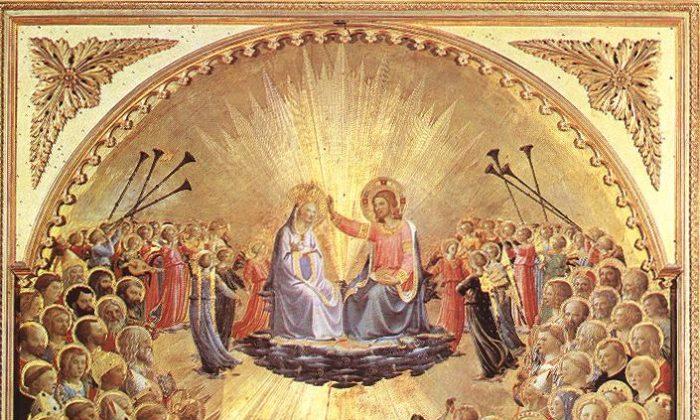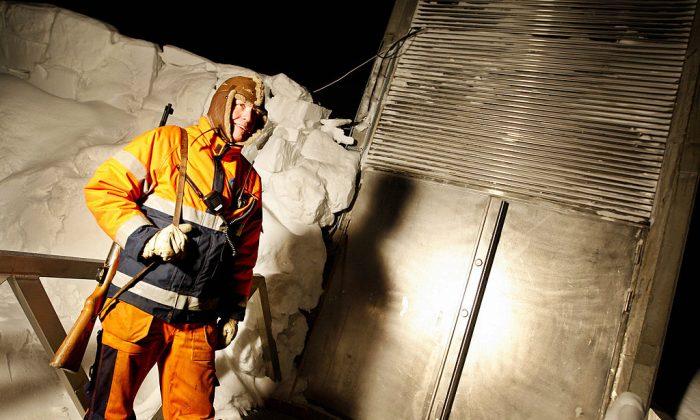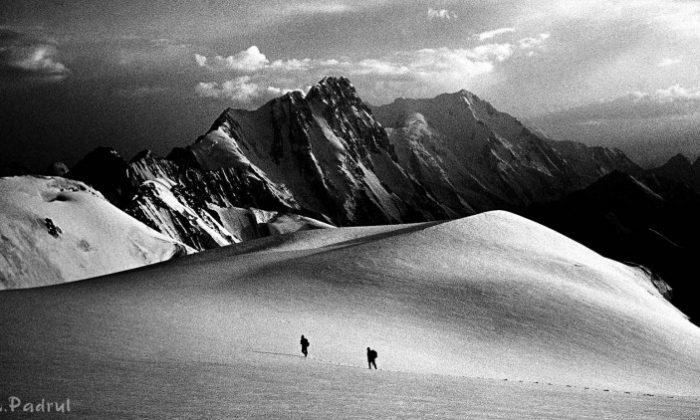One who has never in his lifetime seen a painting by Italian painter Fra Angelico might have missed something. For the first time in France, until Jan. 16, an exhibition is dedicated to one of the greatest painters of the Italian Quattrocento. The exhibition includes some 25 works of art by Fra Angelico that traveled from Italy as well as across the world to the Jacquemart-André Museum in Paris. Next to these, are pieces of artwork by the great painters of the time who influenced his work or were inspired by his art. Fra Angelico is considered the father of an artistic movement that experts call “the painters of light.” What was this painter’s contribution for this period at the beginning of the Renaissance? Golden NatureGuido di Petro, who was later to be renamed Fra Angelico (the Angel Brother), or “the Angelico,” lived in the Saint Dominique of Fiesole monastery as a humble monk. According to him, real wealth lies in the ability to be satisfied with little. Therefore, the richness of the characters in his paintings is expressed in simplicity and grace. Compared to what belongs to the international Gothic movement, which dominated that time, spirituality takes on a more concrete and humanistic expression. The simplistic aspect in his painting doesn’t actually mean that the characters’ representation itself is simplistic, minimalist, or flat. To the contrary, Fra Angelico was among the first painters now credited for pioneering a new and more complex vision of the reality in which man lives. Fra Angelico illuminated numerous miniatures for religious manuscripts and produced frescoes commissioned by the Church. One of the majestic works of art produced by him was a fresco commissioned by Cosmo de' Medici, which decorates the San Marco monastery in Florence. In the Paris exhibition, three paintings of the Virgin and Jesus show the evolution in the painter’s style. Through his paintings the “Last Judgment” triptych and “The Coronation of the Virgin,” as well as other religious scenes, it is possible to see and understand imagery references that link to the world as we see it. These elements are particularly noticeable in the painter’s later works. The Jacquemart-André Museum’s curator, Nicolas Sainte Fare Garnot, wrote: “The exhibition organized by the Jacquemart-André Museum aims to place this innovative artist back in context. His angelic style has often been put down to his religious commitment, but in fact he was aware of all the innovations of his contemporaries, and often matched them with unexpected solutions.” The unexpected solutions appear when a believer such as Fra Angelico conveys spirituality in a space familiar and close to Man. He uses perspective and proportions and creates in three dimensions, thereby giving his works depth and expression. Through play with very bright colors and simple outlines, between architectural structures and natural shapes, between scenes in the foreground and the background, Fra Angelico creates a reality in which golden characters are somehow linked to the human world and are not so distant—they have human expressions and dimensions. In the painting “Story of St Nicholas,” which is featured in the exhibit, one can observe how the painter uses the surroundings to link together the different scenes of St Nicolas’ life. This can also be understood as a means to outline the fact that St Nicolas acquired sainthood by walking his path and completing his destiny in the human world. Humanist InspirationFra Angelico painted in a period when other painters just started to tread in the world of perspective and humanist representation. The exhibition shows how painters such as Lorenzo Monaco (1370–1424), Masolino da Panicale (circa 1383–circa 1440), and Paolo Uccello (1397–1475) influenced his work. Each of them, in their own style, tried to represent nature around him in a more objective manner, and Fra Angelico followed them. Conversely, Fra Angelico influenced other contemporary painters’ work—called “painters of light.” Throughout the exhibit, one can admire works by Filippo Lippi (1406–1469), Zanobi Strozzi (1412–1468), and others, who also painted characters in depth, in a style more classical and detailed. The featuring of nature in these paintings ushered in the painting of landscapes. But the influence of Fra Angelico dominates with its colors: blue, red, and yellow, together forming a source of light and giving the paintings a unique touch. Fra Angelico and the painters of light touch us with scenes of sainthood, rendered in a way very accessible and true. | |||||
Art Exhibit: A World of Light
For the first time in France, until Jan. 16, an exhibition is dedicated to one of the greatest painters of the Italian Quattrocento.

By Maya Mizrahi
12/1/2011
Updated: 9/29/2015






Friends Read Free